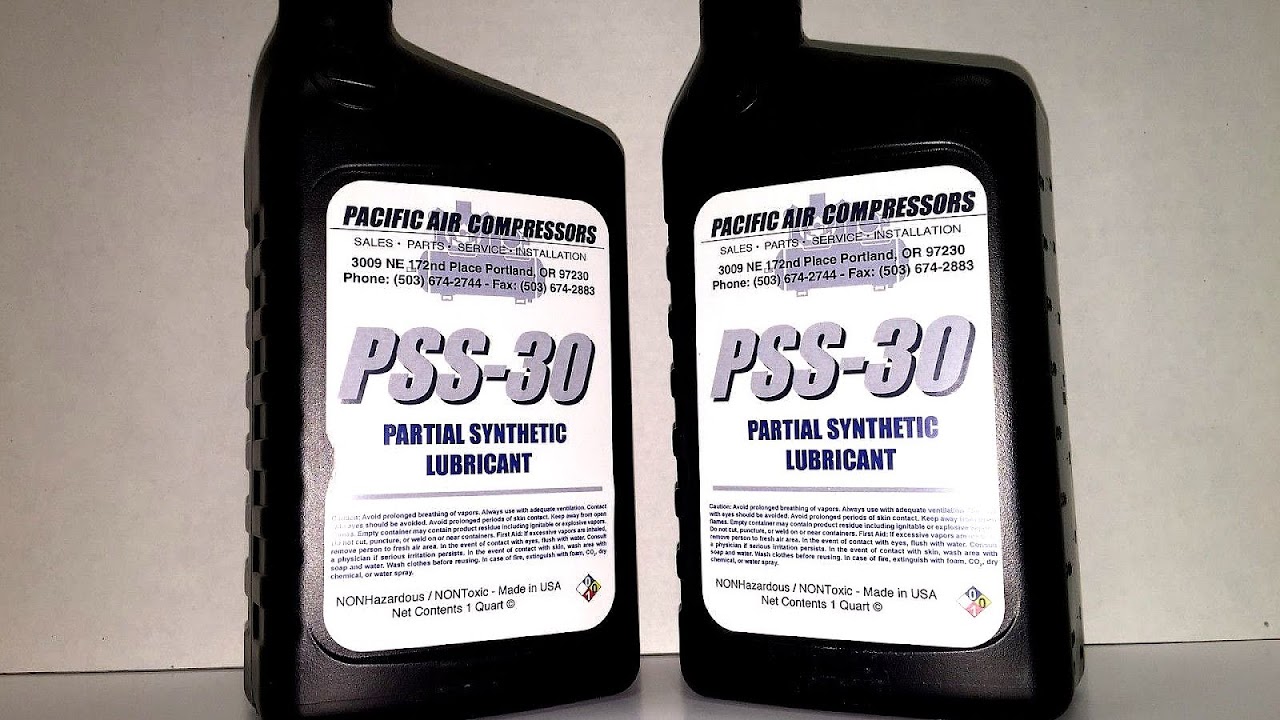
An air compressor is a device that converts power (using an electric motor, diesel or gasoline engine, etc.) into potential energy stored in pressurized air (i.e., compressed air). By one of several methods, an air compressor forces more and more air into a storage tank, increasing the pressure. When tank pressure reaches its engineered upper limit the air compressor shuts off. The compressed air, then, is held in the tank until called into use. The energy contained in the compressed air can be used for a variety of applications, utilizing the kinetic energy of the air as it is released and the tank depressurizes. When tank pressure reaches its lower limit, the air compressor turns on again and re-pressurizes the tank.
An air compressor must be differentiated from an air pump which merely pumps air from one context (often the surrounding environment) into another (such as an inflatable mattress, an aquarium, etc.). Air pumps do not contain an air tank for storing pressurized air and are generally much slower, quieter, and less expensive to own and operate than an air compressor.
Maps, Directions, and Place Reviews
Classification
Compressors can be classified according to the pressure delivered:
- Low-pressure air compressors (LPACs), which have a discharge pressure of 150 psi or less
- Medium-pressure compressors which have a discharge pressure of 151 psi to 1,000 psi
- High-pressure air compressors (HPACs), which have a discharge pressure above 1,000 psi
They can also be classified according to the design and principle of operation:
- Rotary-screw compressor
- Turbo compressor
Oil For Air Compressors Video
Displacement type
There are numerous methods of air compression, divided into either positive-displacement or roto-dynamic types.
Positive displacement
Positive-displacement compressors work by forcing air into a chamber whose volume is decreased to compress the air. Once the maximum pressure is reached, a port or valve opens and air is discharged into the outlet system from the compression chamber. Common types of positive displacement compressors are:
- Piston-type: air compressors use this principle by pumping air into an air chamber through the use of the constant motion of pistons. They use one-way valves to guide air into a cylinder chamber, where the air is compressed.
- Rotary screw compressors: use positive-displacement compression by matching two helical screws that, when turned, guide air into a chamber, whose volume is decreased as the screws turn.
- Vane compressors: use a slotted rotor with varied blade placement to guide air into a chamber and compress the volume. This type of compressor delivers a fixed volume of air at high pressures.
Dynamic displacement
Dynamic displacement air compressors include centrifugal compressors and axial compressors. In these types, a rotating component imparts its kinetic energy to the air which is eventually converted into pressure energy. These use centrifugal force generated by a spinning impeller to accelerate and then decelerate captured air, which pressurizes it.

Cooling
Due to adiabatic heating, air compressors require some method of disposing of waste heat. Generally this is some form of air- or water-cooling, although some (particularly rotary type) compressors may be cooled by oil (that is then in turn air- or water-cooled) and the atmospheric changes also considered during cooling of compressors.

Applications
Air compressors have many uses, including: supplying high-pressure clean air to fill gas cylinders, supplying moderate-pressure clean air to a submerged surface supplied diver, supplying moderate-pressure clean air for driving some office and school building pneumatic HVAC control system valves, supplying a large amount of moderate-pressure air to power pneumatic tools, such as jackhammers, filling high pressure air tanks (HPA), for filling tires, and to produce large volumes of moderate-pressure air for large-scale industrial processes (such as oxidation for petroleum coking or cement plant bag house purge systems).
Most air compressors either are reciprocating piston type, rotary vane or rotary screw. Centrifugal compressors are common in very large applications. There are two main types of air-compressor pumps: oil-lubed and oil-less. The oil-less system has more technical development, but is more expensive, louder and lasts for less time than oil-lubed pumps. The oil-less system also delivers air of better quality.
The most common types of air compressors are: electric or gas/diesel powered compressors. The power of a compressor is measured in HP (horsepower) and CFM (cubic feet per minute of intake air). The gallon size of the tank specifies the volume of compressed air (in reserve) available. Gas/diesel powered compressors are widely used in remote areas with problematic access to electricity. They are noisy and require ventilation for exhaust gases. Electric powered compressors are widely used in production, workshops and garages with permanent access to electricity. Common workshop/garage compressors are 110-120 Volt or 230-240 Volt. Compressor tank shapes are: "pancake", "twin tank", "horizontal", and "vertical". Depending on a size and purpose compressors can be stationary or portable.

Maintenance
To ensure all compressor types run efficiently with no leaks, it is imperative to perform routine maintenance, such as monitoring and replacing air compressor fittings. It is suggested that air compressor owners perform daily inspections of their equipment, such as:
- Checking for oil and air leaks
- Checking the differential pressure in the compressed air filter
- Determining whether or not the oil in the compressor should be changed
- Verify safe operating temperature to avoid overheating the unit and it is used in sucking the air
Source of the article : Wikipedia


EmoticonEmoticon